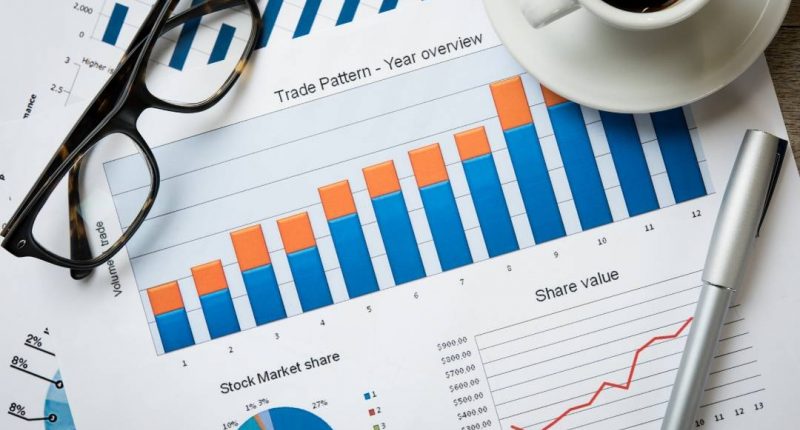In July 2023, Indian equities continued to experience a broad-based rally, with the key indices such as Nifty and S&P BSE Sensex ending the month near all-time highs, which was up at about 3% compared to June 2023.
At the same time, the small-cap and mid-cap indices outperformed the large-cap benchmark. This was backed by consistent buying by foreign portfolio investors (FPIs), resilient global growth, especially in the US, and the narrative of soft landing taking hold against the backdrop of reduced inflationary pressures.
The returns delivered by most major sectors had been positive, with power, capital goods, metals, healthcare, and oil and gas emerging as the core outperformers.
If numbers are anything to go by, then FPIs bought equities to the tune of US$ 4.1 billion in July 2023 and have cumulatively bought equities worth about US$ 17.8 billion in April-July months of the financial year (FY) 2024 (April-July FY23: US$ 14.2 billion). This FPI inflow stood at US$ 6.7 billion in June 2023.
At the same time, domestic institutional investors (DIIs) sold equity worth US$ 0.3 billion in July 2023 and have cumulatively been marginal buyers during the first four months of FY24 compared to net buying of US$ 17.9 billion during the same period in 2022. The equity bought in June 2023 stood at US$ 0.5 billion.
Mutual funds inflows clocked Rs 8,600 crore in June 2023 compared to about Rs 2,500 crore in May 2023. Cumulatively, DII flows have moderated in the first quarter (Q1) of FY24 to at least Rs 16,500 crore compared to about Rs 78,300 crore in the same period in 2022.
Out of the Q1FY24 results declared so far, results of sectors such as banks, oil and gas, auto, pharma, and capital goods have been relatively better than expected, while those of cement, non-banking financial companies (NBFCs), metal, and utilities were as per expectations. At the same time, the results of information technology (IT), consumer staples, consumer durables, and chemical sectors were lower than expectations, however.
As on July 31, 2023, Nifty 50 was trading at about 18.4 times the FY25E price-to-earnings (P/E) multiple.
Irrespective of the rally witnessed in the past four months, valuation multiples are below the recent peaks but at an elevated level vis-à-vis the historical averages. The market cap-to-GDP recorded 95% (based on CY24 GDP estimates), and the gap between 10-Year government securities (G-Sec) yield and 1-Year-Forward Nifty 50 earnings yield remains higher than historical averages but lower than the highs seen during last year.
However, an individual must ideally view these valuations in the context of structurally attractive nominal GDP growth, a consistent economic recovery, a robust corporate earnings outlook, and de-levered corporate and banking balance sheets.

Rajiv is an independent editorial consultant for the last decade. Prior to this, he worked as a full-time journalist associated with various prominent print media houses. In his spare time, he loves to paint on canvas.





